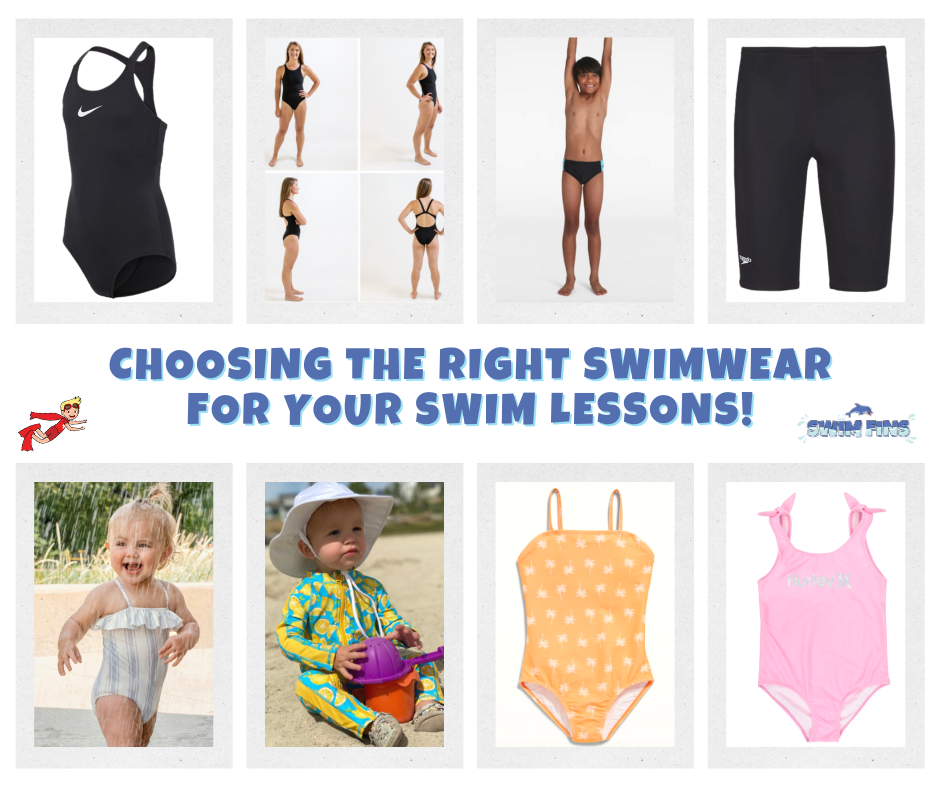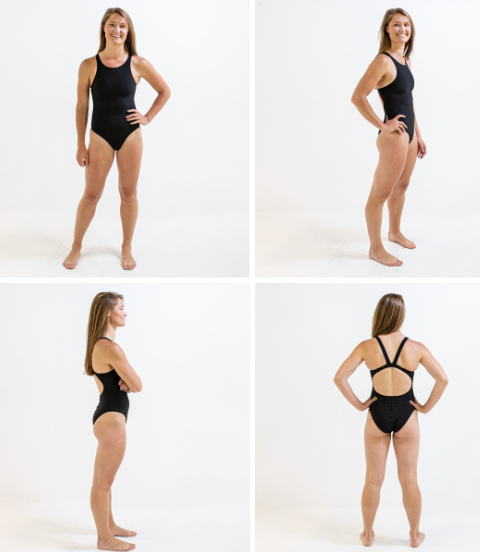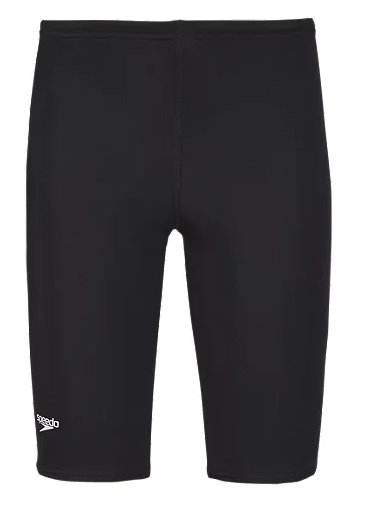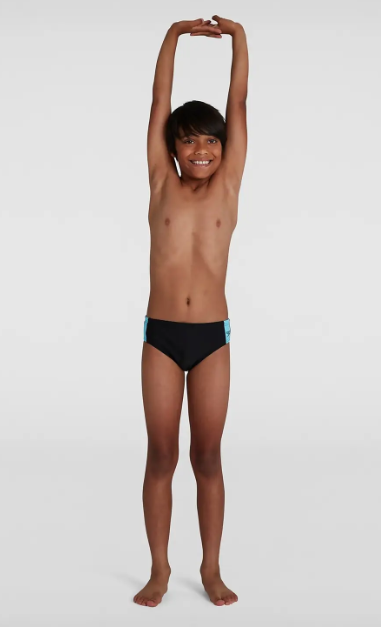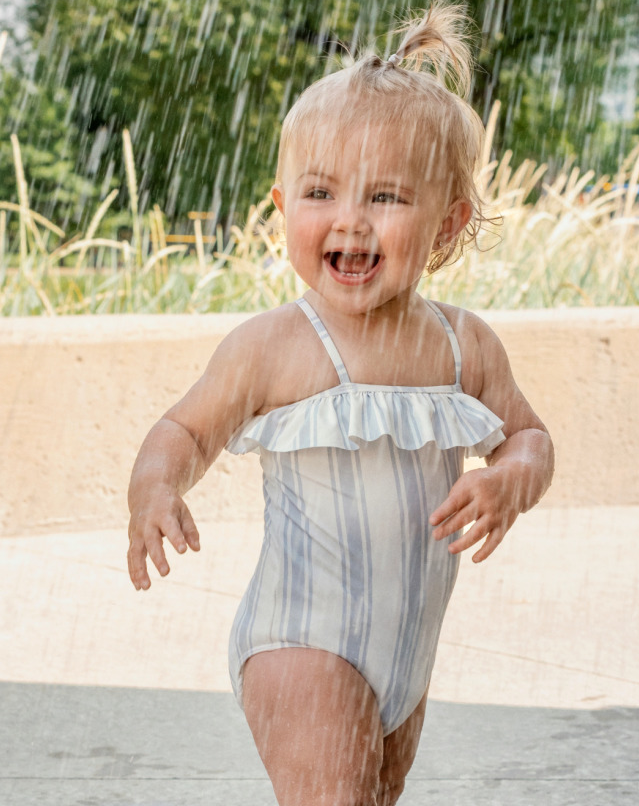While swimming is a very important life-saving skill, it's also a fantastic way to foster social interaction and build meaningful connections. In this blog, we'll dive into the social benefits of swim lessons and explore how they contribute to personal development, confidence building, and social bonding.
1. Enhancing Social Skills: Swim lessons provide an excellent environment for individuals of all ages to develop and enhance their social skills. Participants interact with instructors, peers, and fellow swimmers, learning how to communicate effectively, collaborate, and work as a team. These social interactions contribute to improved confidence and a sense of belonging in a group setting.
2. Building Confidence and Self-Esteem: Learning to swim and mastering new swimming techniques can significantly boost confidence and self-esteem. As individuals progress in their swim lessons and achieve milestones, they gain a sense of accomplishment and pride in their abilities. This newfound confidence often extends beyond the pool, positively impacting other areas of their lives.
3. Promoting Social Bonding and Friendships: Swim lessons provide a social platform for individuals to connect with others who share a common interest in swimming and water activities. Participants often form friendships and social bonds with fellow swimmers, creating a supportive and encouraging community. These social connections contribute to a sense of belonging and can lead to lifelong friendships.
4. Developing Safety Awareness and Responsibility: In addition to social and physical benefits, swim lessons also emphasize water safety awareness and responsible behavior around water. Participants learn essential safety skills, such as treading water, and recognizing hazards in aquatic environments. This knowledge not only keeps them safe in and around water but also instills a sense of responsibility towards themselves and others.
By embracing the social aspects of swim lessons, participants can not only become proficient swimmers but also develop valuable life skills and enjoy a sense of connection and community in the water. So, dive in, make new friends, and enjoy the journey of social growth and development in swim lessons! We currently have lessons year round at our pools in Richmond, Surrey, White Rock, Langley, Cloverdale, and Abbotsford. For more information on our programs, how to register, and much more, head over to our website! Come swim with Swim Fins: https://www.swimfins.ca/register
















